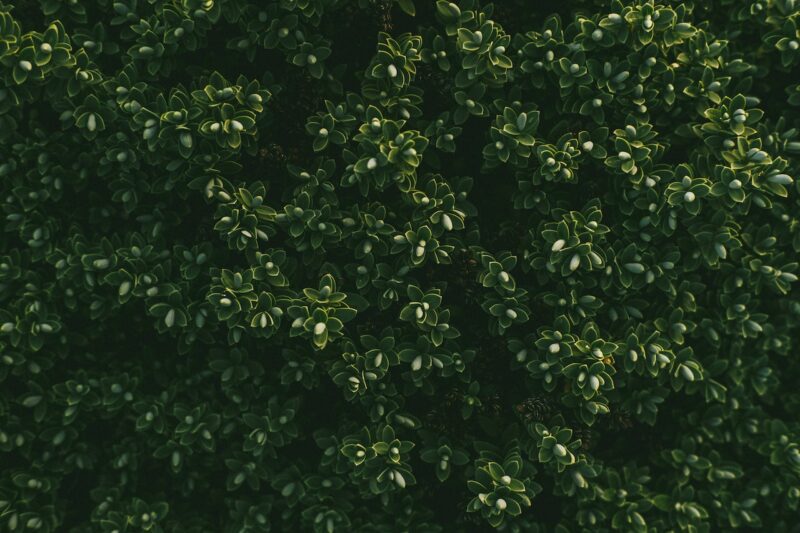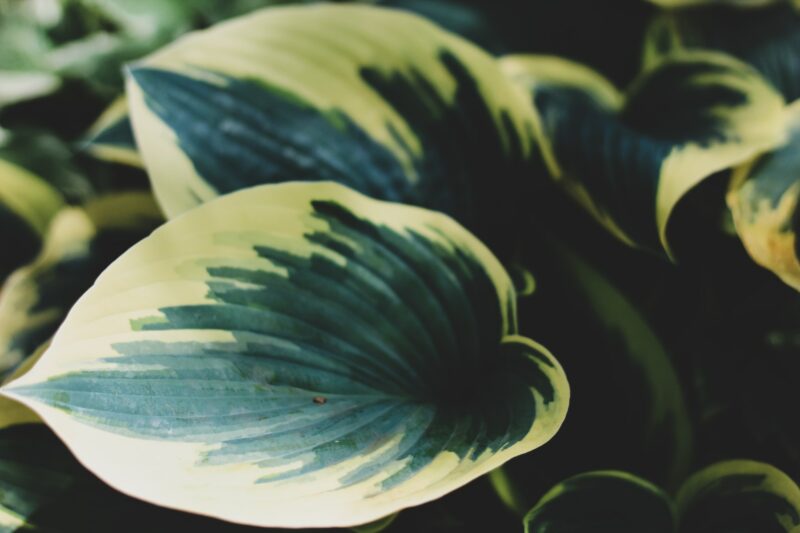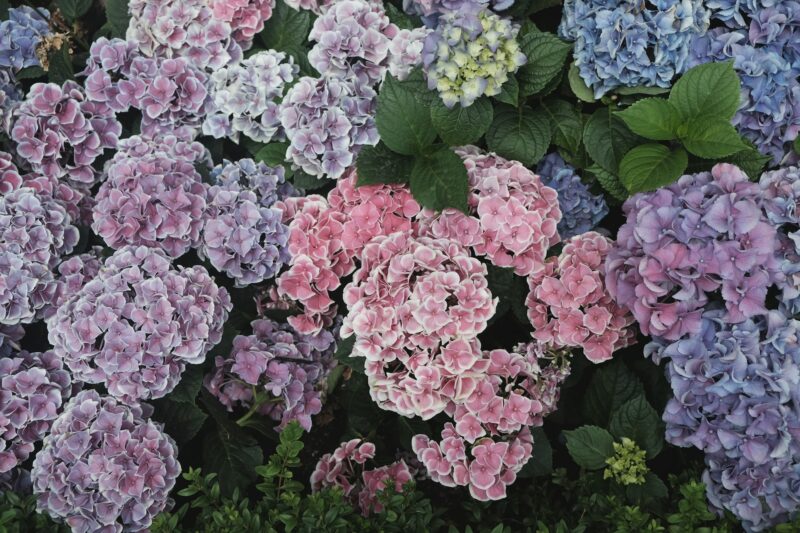
Don’t want to work too hard to achieve a peaceful garden landscape?
If your answer is yes, I can introduce you to the boxwood plant, which is the common name of the Buxus genus and is composed of 70 species native throughout the world. Boxwood plants are slow-growing and every green shrubs or trees, usually with small, round, glossy, and leathery leaves. These plants have small yellow-green flowers and have a small capsule as a fruit.
Favored use
Boxwood is commonly used as edges, hedges and especially for topiary, which involves cultivating and shaping plants into geometric or artistic designs. In landscaping, boxwood can be used for lining walkways, to mark separate areas in a garden, or as a reliable foundation plant. It is also an excellent choice for container displays. Its ability to be shaped into different structures is what makes boxwood special, because even if it grows well in the spring, its shape will stay the same due to its dense branching.
In addition, due to its fine grain, its wood is ideal for wood carving and musical instruments, such as recorders and other stringed instruments.
Planting boxwoods
Boxwood plants are best planted in full-sun, but not in extreme heat. Regardless, they do well with partial shade. It’s best to limit exposure to high winds, so location is extremely important. Wind protectors can also be used. Boxwood plants does best in evenly moist soil that drains well, and with a soil pH that is between 6.0 and 7.0. Extra soil should therefore be added as a mound so that the roots won’t stay too long in water. However, after the initial planting, boxwood does excellent in drought, with little water every now and then. Boxwoods can also tolerate a wide range of humidity (10-90%).
These plants are also best planted in the spring or summer to allow sufficient time for them to be established before winter arrives. An all-purpose fertilizer can be used in the spring. It is also best if, before a hard freeze, the pants are well-watered to be rid of spaces around the roots. For these plants, snow can actually serve as an insulator but may need to be brushed off from time to time to prevent excess snow from damaging the plants.
Maintenance
Pruning is best done during late winter or early spring, just before the plant’s new growth. Repotting is usually unnecessary until 2-3 years or until when the plant has stopped growing. It is also not advisable to keep the plant in containers, as they tend to dry out more quickly. Although, if this is unavailable, a container that is wide and tall can be used.
Specific plant conditions will depend on the specific variety, so it is best to look up recommendations or to ask your friendly landscape and garden specialist. Plants can be spaced according to size and use; for example, dwarf varieties can be planted 2 to 3 feet apart for hedges or as foundation plants, while larger plants should have greater space in between shrubs. Meanwhile, if boxwoods are planted for ornamental purposes, spacing of 5 to 8 feet are enough.
The type of boxwood also dictates the topiary style that can be done. For example, some types of plants are rounded, some are conical, some are lower and spreading in style. Each plant’s speed of growth must also be accounted for, as faster growing plants will need more maintenance to keep their shape.
Some varieties of boxwood
Green Mound – compact, slow-growing, cold-resistant, and retains its bright green color despite the winter
Northern beauty – can grow up to 5 feet tall and wide, can be used for hedges
Green Mountain, Green Tower – have a naturally conical or columnar shape and are ideal for spirals
North Star – forms a symmetrical glove of dense green leaves
Sprinter – known for its fast growth and can be used for hedges
Plant pests and difficulties
Boxwood are typically hardy plants, unless exposed to too much sun and wind, in which case they can undergo bronzing. Should this happen, wait until the next spring for new growth. As with other plants, they can be predisposed to leaf spotting and root rot due to poor drainage.
These bushes can be toxic to pets (e.g. dogs, cats, and horses). Caterpillars, nematodes, and boxwood leaf miners can also be problematic pests, but these ca be treated with insecticidal sprays or neem oil.
Need help?
If you need expert opinion on which variety of boxwood to use, how to plant and shape it, or even what other plants can be combined with boxwood, give Edwin Lasiste a call at 778-772-3871!



